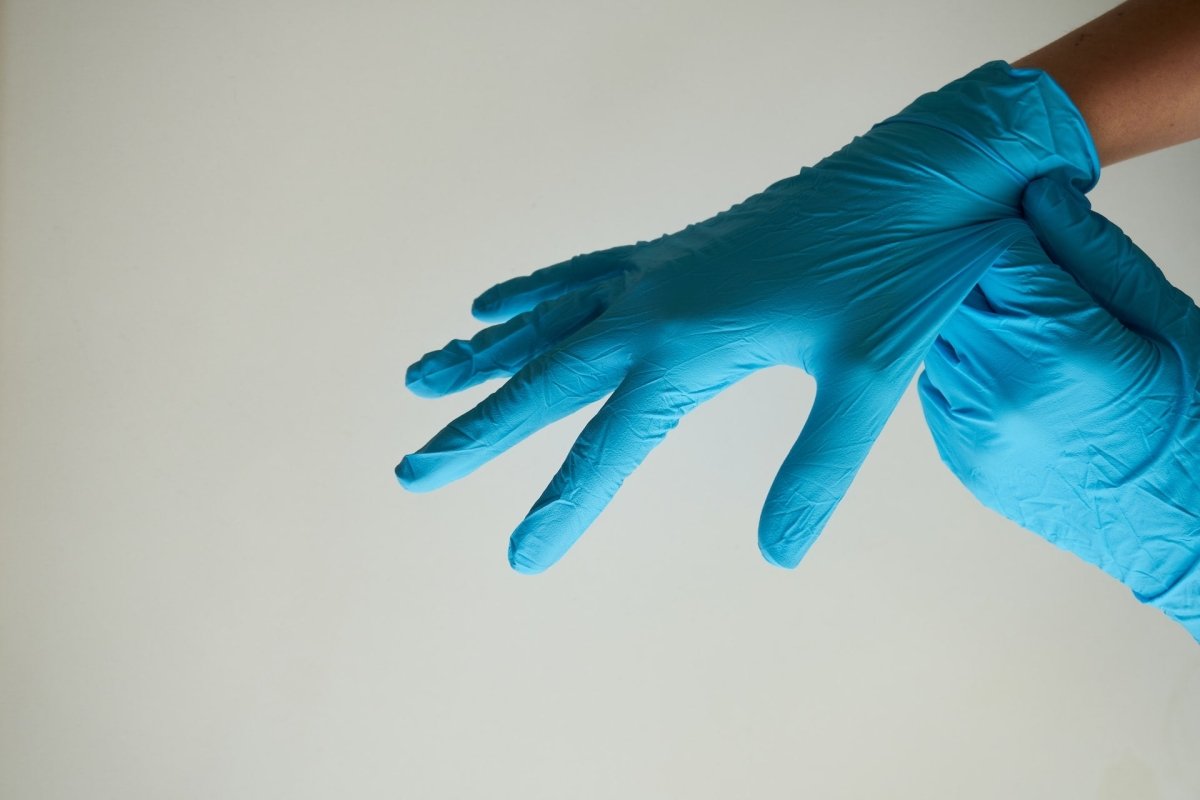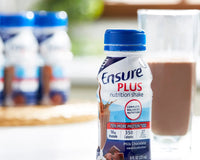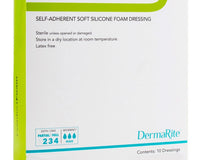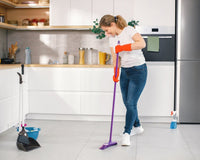Table of Contents
Gloves are one of the most crucial medical supplies you should include in any medical professional's arsenal. They help protect both patient and practitioner from the spread of germs, bacteria, and other contaminants. Moreover, gloves provide a physical barrier between the medical professional and the patient, which can help protect both from potential harm.
As such, it's important to find the right size for your gloves, regardless if they're made from nitrile, vinyl, and latex. Fortunately, this article will help you find the right glove size using a glove sizing chart.
1. Measure the Circumference of Your Dominant Hand
Your dominant hand is the key factor when selecting the right glove size. The size of your dominant hand will determine the glove size you need. Measuring your hand correctly is essential to ensure you get the best fit.
Start by measuring your dominant hand's circumference around the knuckles, excluding your thumb. Use a measuring tape to get the most accurate measurement. Once you have your measurement, refer to a glove size chart to find your size.
2. Take Another Measurement From the Tip of Your Middle Finger
While referring to your dominant hand as the main factor in determining your glove size is fine, you should also take another measurement from the tip of your middle finger. This will help you get a better fit, as the size of your middle finger can vary from your knuckles.
To measure your middle finger, hold it straight and measure from the tip of your finger to the base of your palm. Once you have your measurement, refer to the glove size chart again and select the size that best fits your measurements.
3. Try on a Few Gloves From Different Manufacturers
Every medical supplies manufacturer has varying sizes, so trying on a few different gloves from different manufacturers is important to find the one that fits you best. This way, you can ensure the gloves provide the best fit and comfort. You can also ask these manufacturers for a copy of their glove sizing chart to compare the measurements and ensure you get the right size.
4. Consider Allergies and Sensitivities
Of course, every glove is made from different materials, such as nylon, latex, and nitrile. While these are all effective materials for medical gloves, you must consider any allergies or sensitivities you may have to these materials. If you have a latex allergy, for example, you must make sure to select gloves that are made from latex-free materials. This will ensure you can safely wear the gloves while providing the best protection.
5. Check the Glove's Thickness
The glove's thickness is also a vital factor to consider when selecting medical gloves. The thicker the glove, the more protection it will provide. However, if the glove is too thick, it may be uncomfortable or difficult to use. The best way to determine the proper thickness for your gloves is to try them on and see how they feel.
Final Thoughts
Your gloves are essential medical supplies; hence, you should use the glove sizing chart to determine the perfect size. Using this method, you can ensure that the gloves you purchase will fit comfortably and securely, allowing you to enjoy an immense range of activities without worrying about ill-fitting gloves.
Cart Health provides a wide selection of medical supplies in Idaho to ensure that you have access to the best quality products. Shop from us today!









